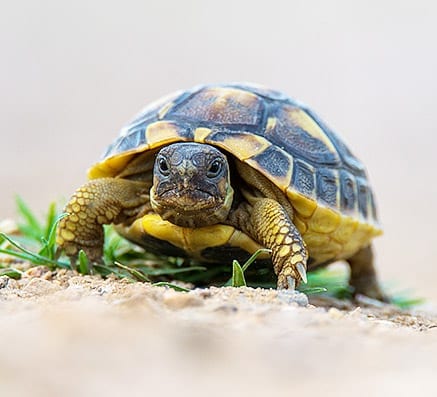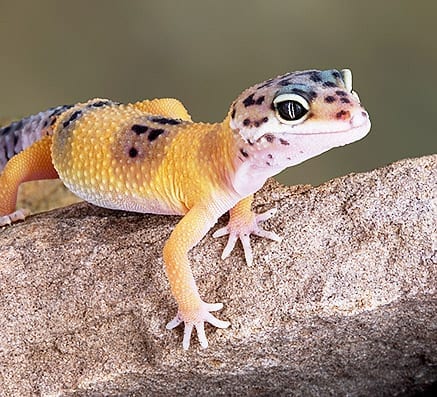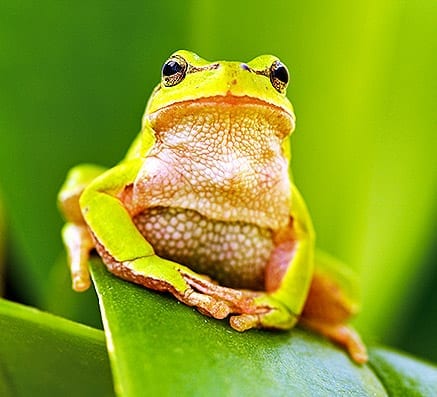Keeping a very unusual salamander species – the Siren
Sirens are a fascinating fully aquatic salamander species that resembles an eel. They all have a distribution of the Southern United States into Northern Mexico. As a captive they present few problems to maintain successfully – they are one of natures survivors and for this reason thrive in captivity. They are an evolutionary throw back, and seem to have an answer to every scenario – for example the adults have small lungs and gills too. This means they have a survival mechanism to survive drought, they can seal themselves in the mud of their pond should it dry up, to venture back out once the rain fills it back up. The long thin body is ideal for aquatic life, but with serpentine action, and small front limbs they can…




